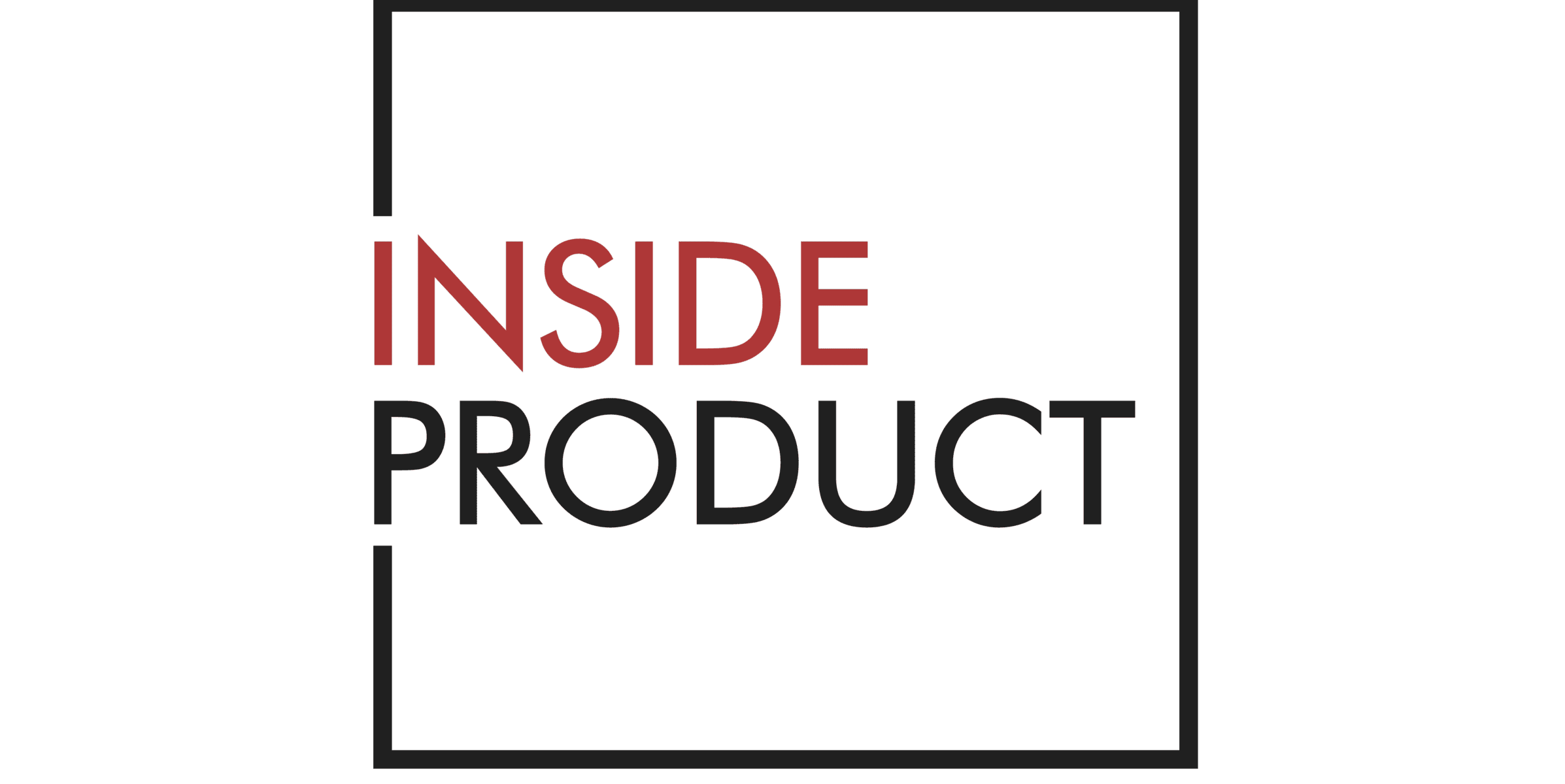As a product manager, one of your primary responsibilities is making sure decisions get made. Particularly decisions about what gets built in what order and what doesn’t get built.
You’d probably also like to think that you’re the one making all those decisions.
Yeah, right.
In most organizations regardless of size there are some decisions that you aren’t in a position to make, which is where a product council is helpful.
Photo by Christina @ wocintechchat.com on Unsplash
A Product Council is an Effective Steering Committee
The product council is a group of key decision makers that get together regularly to gauge product progress and make investment decisions about an organization’s products. Those decisions include whether to continue, change, or kill products, as well the people and resources committed to those products.
The product council comprises key stakeholders – usually executives from the departments involved in building and maintaining your organization’s products.
This kind of group differs from the steering committees you may remember in a couple of important aspects
- You should expect your product council to make decisions. Steering committees do not have such strongly defined responsibilities and likely become a stakeholder communication technique.
- A product council’s scope covers multiple products, whereas a steering committee usually covers a single initiative.
If you’re not careful, your well-intentioned product council can become one of those less effective, check the box, steering committee meetings. The kind where you do them because you have to rather than because you get the support and guidance you need.
The resources below give some guidance on how to keep your product councils productive.
Product Council
A product council is a group of company stakeholders that meets regularly. They review the strategy and progress of a product in development.
The folks at ProductPlan explain the primary purposes of this group are to make decisions and clear obstacles to keep the product moving forward. That is why product councils include executives across the organization. The group needs to make decisions—about resources, budgets, or strategic changes—quickly and without waiting for approval from colleagues.
The Product Council
Even in small companies, getting decisions made is often time-consuming and frustrating. Every product company needs a mechanism to get the key stakeholders and decision makers together to make timely and informed product decisions.
Marty Cagan’s favorite way to ensure this (at least in the first edition of Inspired) is to establish a Product Council.
The Product Council Guide
Richard Holmes with Department of Product explains the Product Council is a forum which includes key business stakeholders. The purpose of the Product Council is to set the strategic direction of the product, allocate necessary resources and provide insights into how the product is performing.
While the name may sound a little over-dramatic, the Product Council is a useful tool, particularly in larger product organizations, as it works as a mechanism to solve problems and make decisions.
How to Run a Successful Product Council Meeting
Sam Wortman with Vivun explains in a healthy and functional Product Council, Product meets with the PreSales and Post-Sales departments. In reality, Sam found that most teams don’t include those audiences.
So the question is how do we bring these worlds together—PreSales, Product, Post-Sales—and actually have a meaningful meeting of the minds with the data to power it? That’s what the Product Council ultimately sets out to accomplish; it’s a big cultural change for most organizations to have some version of this, where they have a formal quarterly or biannual meeting with PreSales, Product, and Post-Sales teams, so they can share feedback and negotiate which product gaps need to be on the roadmap.
Managing stakeholder expectations via Product Council
From time to time, when Gopal Shenoy talks to software product managers about their biggest challenge, they often say that managing internal stakeholder expectations is their biggest challenge. Sales makes promises to customers without asking the product group, marketing wants their projects done first, your development team has their own pet projects, customer support wants customer’s burning issues fixed first, professional services want projects that will make them do implementations faster. And all of this needs to be done in a short time with limited engineering resources.
Gopal believes Product Council meetings help you successfully manage these expectations and make sure there is a clear product direction.
